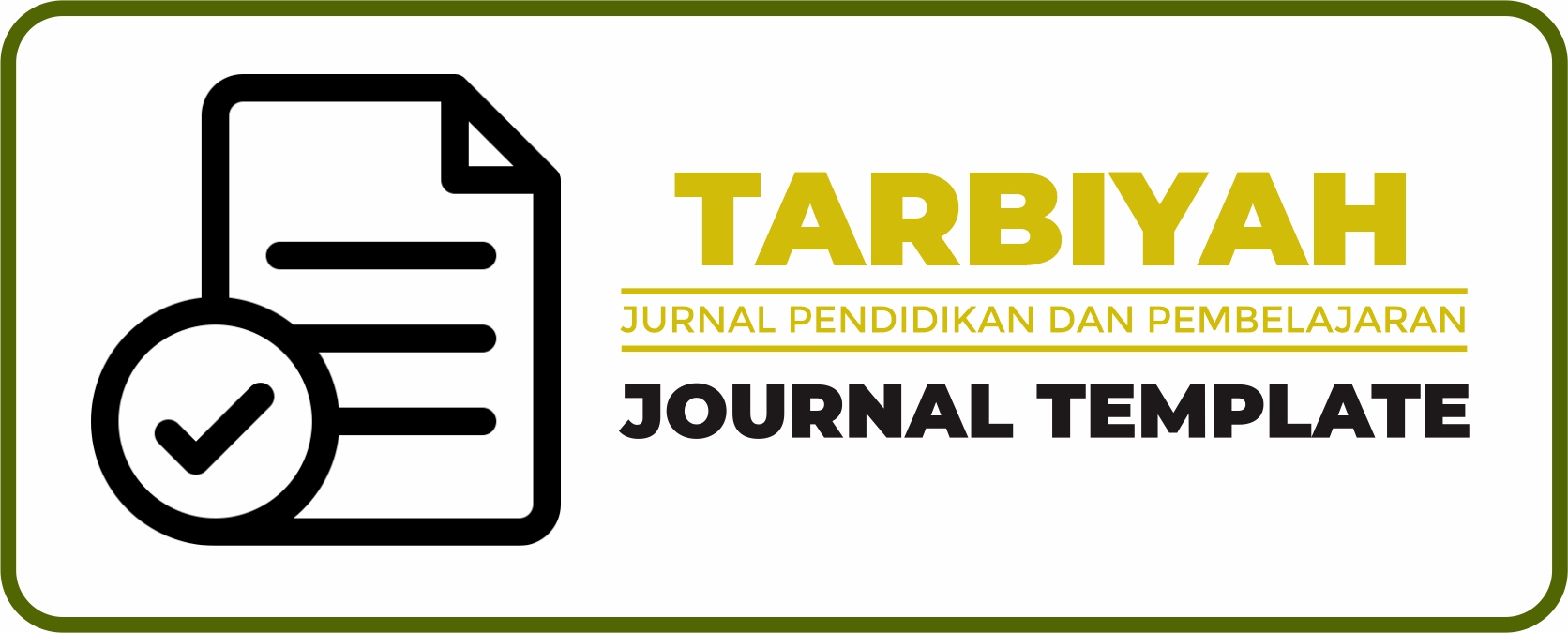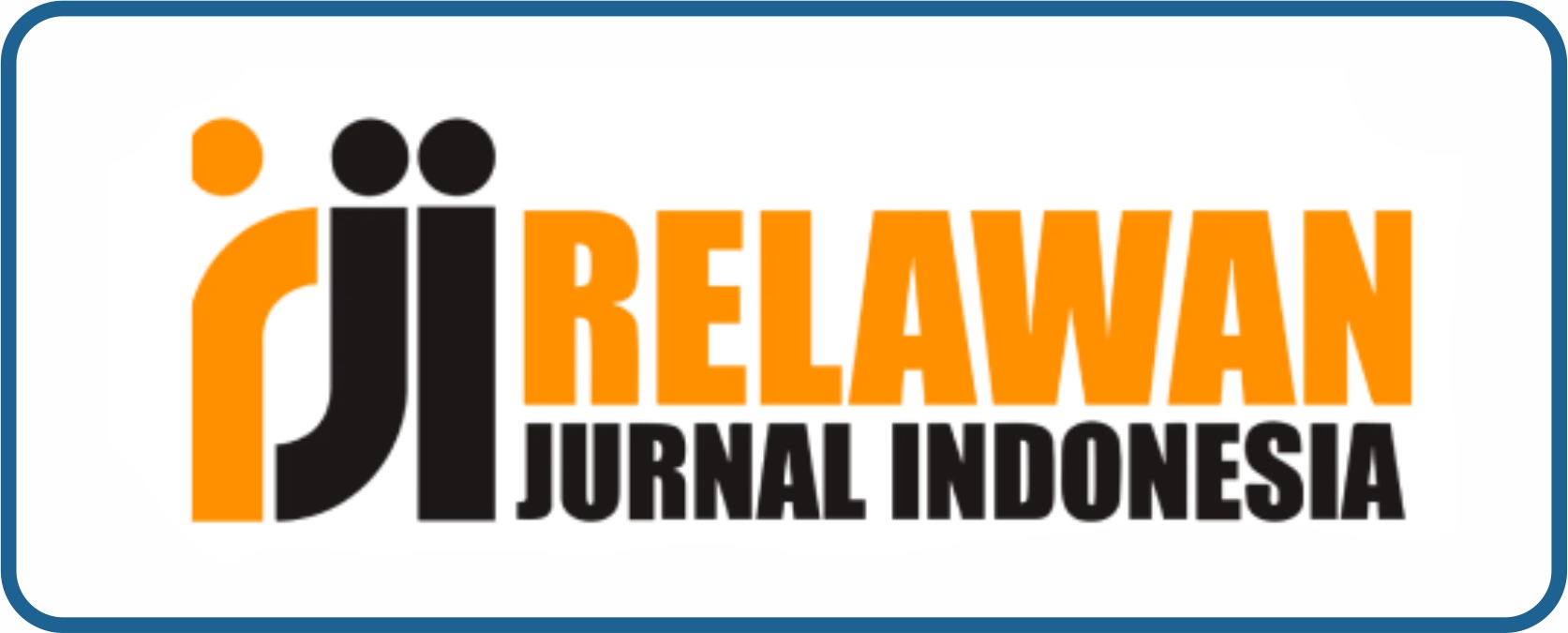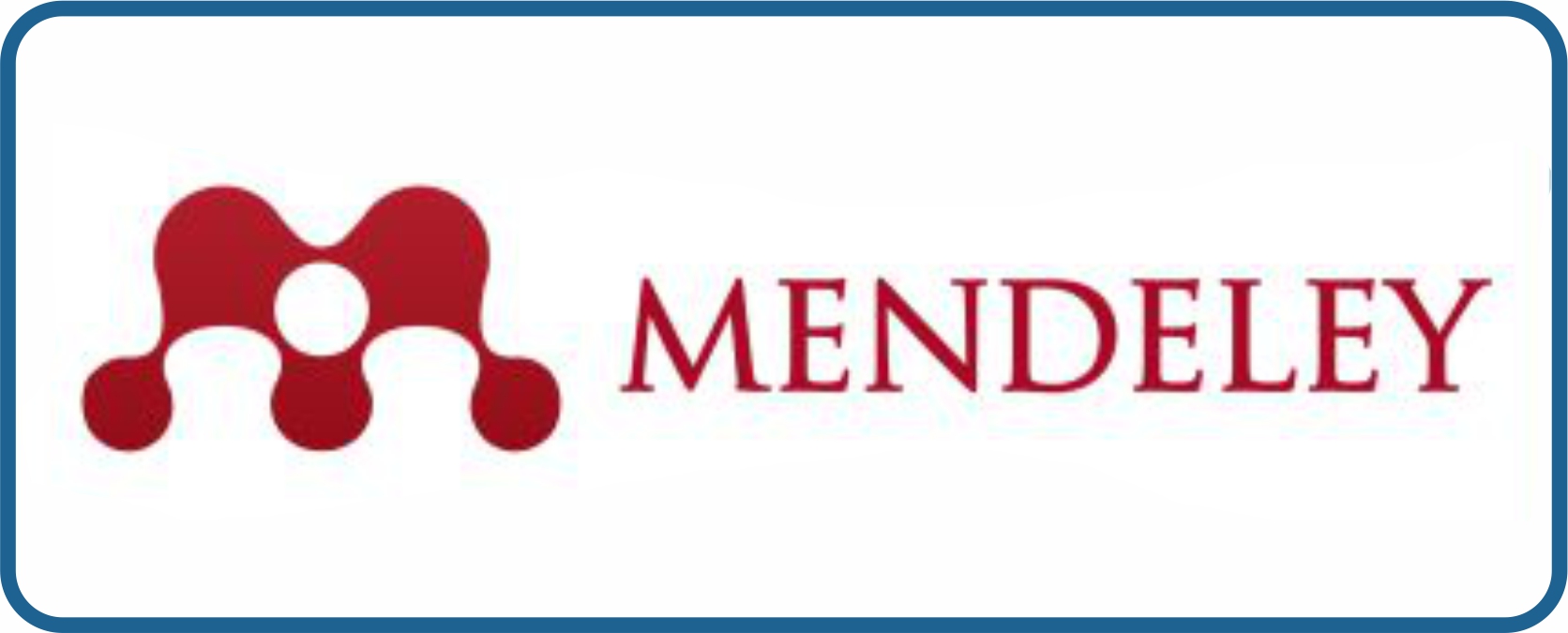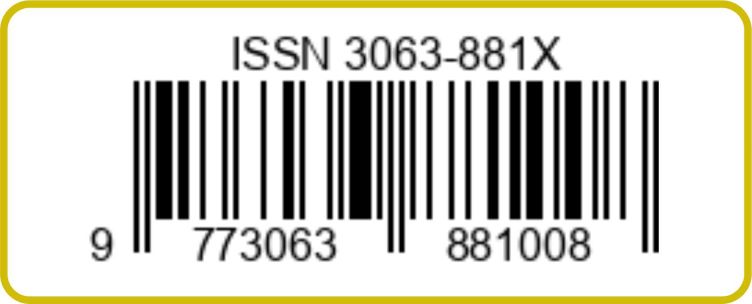Implementasi Model Evaluasi Kirkpatrick pada Pelatihan Jarak Jauh Penyuluh Perpajakan
Implementation of Kirkpatrick Evaluation Model in Distance Training of Tax Counselors
Keywords:
distance learning, evaluation, pandemic, educationAbstract
The objectives of this research are to: (i) evaluate the trainees’s satisfaction on trainers and training performance; (ii) evaluate learning gain or improvement of trainees’s skills, knowledge, and attitude after training; and (iii) know the significant obstacles that can reduce the effectiveness of training. This research used the Kirkpatrick Evaluation Model Level 1 and 2 through questionnaire, interview, and descriptive statistics method and IPA Model. The results reveal that: (1) The overall aspect of the implementation evaluation was assessed by participants in the very good category although it could not meet the level of expectations of participants. On the other hand, the trainers aspect has been able to meet the expectations of participants where the overall level of trainers performance has been assessed by participants and entered into the category of very good; (2) The evaluation component of the implementation for PJJ Penyuluh Perpajakan cannot be considered as a whole where the aspects/components of evaluation are spread in Quadrants I, II and III; (3) All participants get satisfactory scores so that it can be said that the participants have gained additional knowledge, skills, and attitudes after attending the training; (4) In the aspect of organizing, participants generally complain about inadequate internet network quality in some areas. Meanwhile, in the trainer aspect, in general participants give input so that the teachers can multiply the practice and games related to training materials.
Downloads
References
BPPK (Badan Pendidikan dan Pelatihan Keuangan). (2017). Peraturan Kepala BPPK Nomor PER-5/PP/2017 tentang Pedoman Evaluasi Pembelajaran di Lingkungan Kementerian Keuangan. Jakarta: BPPK.
BPPK (Badan Pendidikan dan Pelatihan Keuangan). (2020). Majalah Edukasi Keuangan. 59, 6. Jakarta: BPPK.
BPPK (Badan Pendidikan dan Pelatihan Keuangan). (2020). Kerangka Acuan Program Pelatihan Penyluh Perpajakan. Jakarta: BPPK.
Darmawan, E. (2018). Implementasi Model Pembelajaran Asynchronous Dalam Perancangan Aplikasi Simulasi Panduan Pecinta Alam Berbasis Android. Cloud Information, 3(2).
Elyas, A. H. (2018). Penggunaan Model Pembelajaran E-Learning Dalam Meningkatkan Kualitas Pembelajaran. Warta Dharmawangsa, 56.
Hamdi, M., & Ismaryati, S. (2019). Materi Pokok Metodologi Penelitian Administrasi; 1-12; MAPU5103/4 SKS. Jakarta: Universitas Terbuka.
Hayadin, H. (2012). Penelitian Evaluasi Penyelenggaraan Diklat Jarak Jauh (DJJ). EDUKASI: Jurnal Penelitian Pendidikan Agama Dan Keagamaan, 10(1).
Iskandar, A. (2019). Evaluasi Diklat ASN Model Kirkpatrick (Studi Kasus Pelatihan Effective Negotiation Skill Balai Diklat Keuangan Makassar). Jurnal Pendidikan, 20, 18–39.
Iskandar, A., & Subekan, A. (2020). Evaluating The Distance Learning In The Pandemic Era: A Case Study At Financial Education And Training Agency Makassar. JURNAL PAJAR (Pendidikan Dan Pengajaran), 4(6), 1206–1221.
John, W. C. (2013). Research Design Pendekatan Kualitatif, Kuantitatif dan Mixed. Yogyakarta: Pustaka Pelajar.
Kirkpatrick, D., & Kirkpatrick, J. (2006). Evaluating training programs: The four levels. Berrett-Koehler Publishers.
Marlena, N., Dwijayanti, R., & Edwar, M. (2018). Pengembangan Media Pembelajaran Multimedia Interaktif Berbasis Flash untuk Meningkatkan Hasil Belajar Mahasiswa. Jurnal Pendidikan Ekonomi Dan Bisnis (JPEB), 6(1), 45–51.
Martilla, J. A., & James, J. C. (1977). Importance-performance analysis. Journal of Marketing, 41(1), 77–79.
Nana, N., & Surahman, E. (2019). Pengembangan Inovasi Pembelajaran Digital Menggunakan Model Blended POE2WE di Era Revolusi Industri 4.0. Prosiding SNFA (Seminar Nasional Fisika Dan Aplikasinya), 4, 82–90.
Narayana, I. W. G. (2016). Analisis Terhadap Hasil Penggunaan Metode Pembelajaran Synchronous Dan Asynchronous. Semnasteknomedia Online, 4(1), 1–4.
Nugroho, H. P., & Lestyowati, J. (2020). Analisis Tingkat Kepuasan dan Kepentingan Pengguna Aplikasi SAKTI dengan PIECES Framework. Indonesian Treasury Review: Jurnal Perbendaharaan, Keuangan Negara Dan Kebijakan Publik, 5(2), 93–104.
Sari, N. L. (2020). Pelatihan Model Pembelajaran Jarak Jauh Berbasis Google Form Sebagai Media Pembela. KOMMAS: Jurnal Pengabdian Kepada Masyarakat, 1(2).
Sarwono, J. (2006). Metode penelitian kuantitatif dan kualitatif. Jakarta: Graha Ilmu.
Septian, F. (2020). Pelatihan Pendidikan Jarak Jauh (PJJ) Berbantuan Media Sosial Edmodo. com bagi Guru SMP Terbuka Sawangan Depok. JAMAIKA: Jurnal Abdi Masyarakat, 1(2), 60–68.
Sugiyono, P. D. (2017). Metode Penelitian Bisnis: Pendekatan Kuantitatif, Kualitatif, Kombinasi, dan R&D. Bandung: Penerbit CV. Alfabeta.
Yang, X.-P., Liu, X.-X., Guo, Y.-H., & Wang, S.-J. (2012). Optimization and Application of Multimedia Teaching Means of Specialized Courses in Engineering. Energy Procedia, 17, 1878–1884.
Downloads
Published
How to Cite
Issue
Section
License
Copyright (c) 2024 Andi Wawan Mulyawan, Azwar Azwar

This work is licensed under a Creative Commons Attribution-NonCommercial-ShareAlike 4.0 International License.
Most read articles by the same author(s)
- Saharuddin Saharuddin, Azwar Azwar, Pengaruh Penerapan Metode Menulis Berantai terhadap Peningkatan Kemampuan Menulis Karangan Siswa SDN Mannuruki Kota Makassar , TARBIYAH: Jurnal Pendidikan dan Pembelajaran : Vol. 1 No. 1 (2024): TARBIYAH: Jurnal Pendidikan dan Pembelajaran
- Achmat Subekan, Azwar Azwar, Analisis Dampak Pembelajaran Nilai Dasar Perdamaian dalam Pembentukan Sikap Hidup Damai , TARBIYAH: Jurnal Pendidikan dan Pembelajaran : Vol. 1 No. 1 (2024): TARBIYAH: Jurnal Pendidikan dan Pembelajaran
- Khaerul Aqbar, Azwar Azwar, Dewi Indriani, Awal Rifai, Mutahharah Mutahharah, Persepsi Mahasiswa terhadap Pembatasan Penggunaan Smartphone di Asrama , TARBIYAH: Jurnal Pendidikan dan Pembelajaran : Vol. 1 No. 2 (2024): TARBIYAH: Jurnal Pendidikan dan Pembelajaran
- Azwar Azwar, Abur Hamdi Usman, Mengembalikan Kesejatian Peran Orang Tua dalam Pendidikan Anak: Sebuah Tinjauan Konseptual , TARBIYAH: Jurnal Pendidikan dan Pembelajaran : Vol. 2 No. 1 (2025): TARBIYAH: Jurnal Pendidikan dan Pembelajaran









